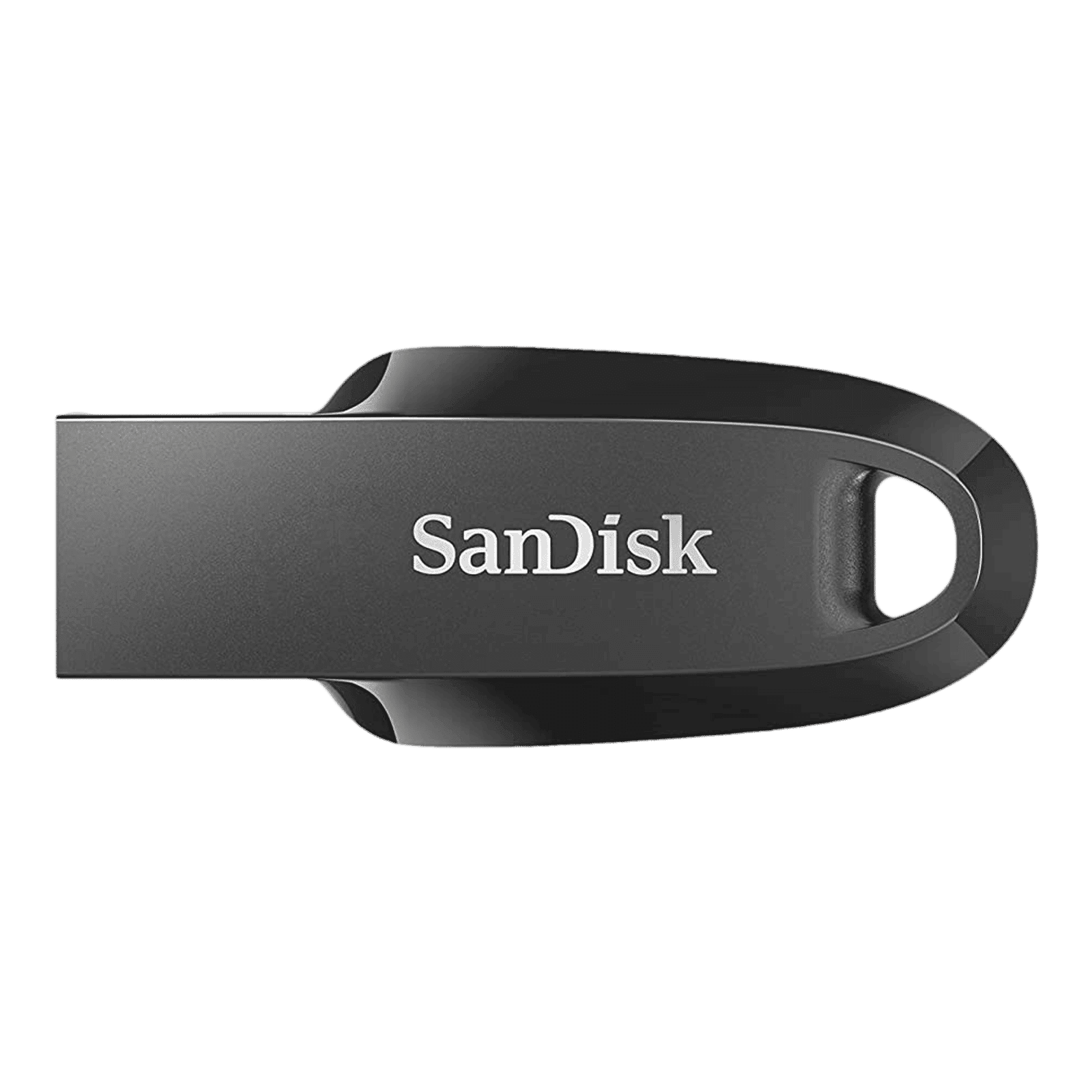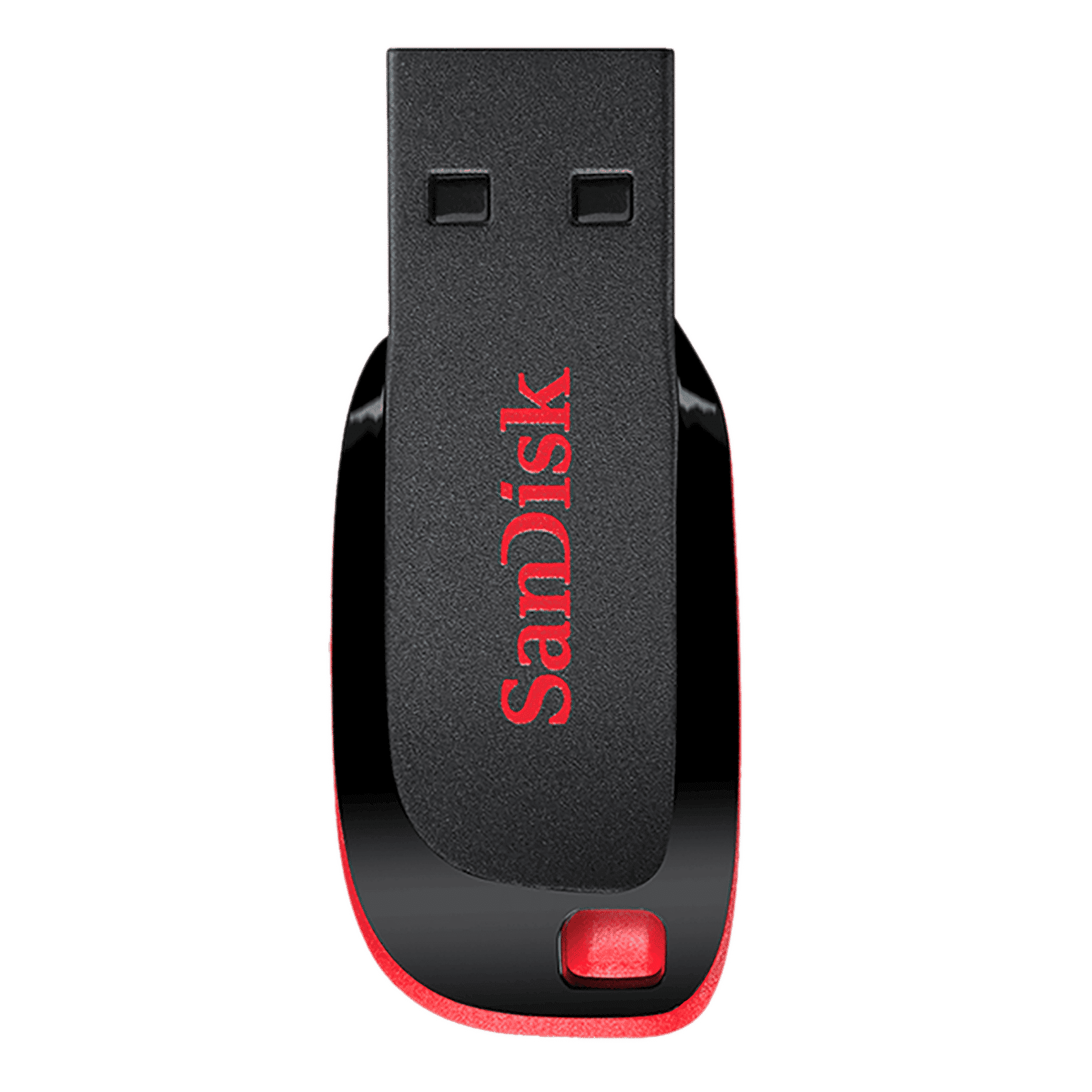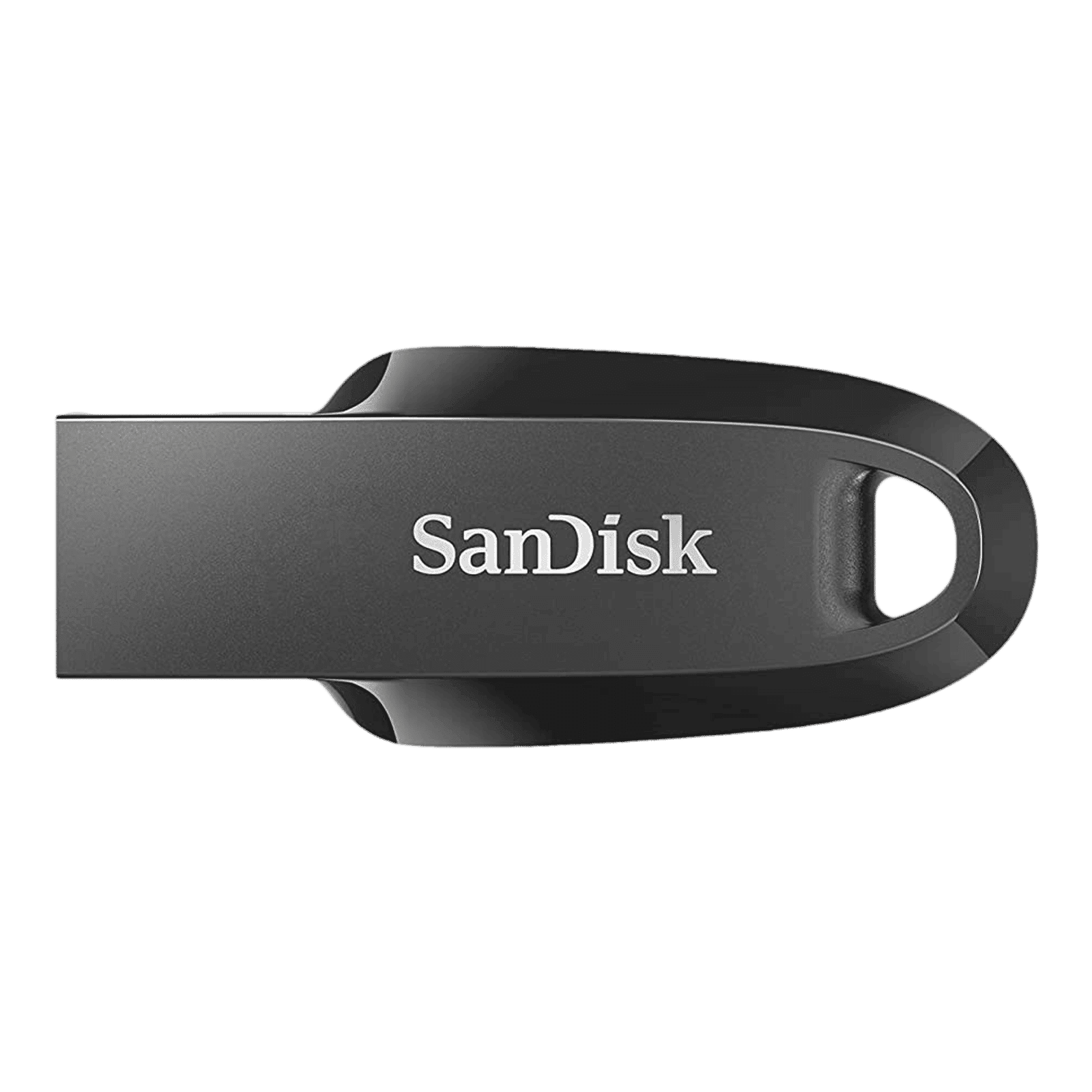%20(Presentation)%20(1600%20x%20600%20px)(104)-e7981044-6d08-4425-b3f9-f97c6bfbc443.webp&w=3840&q=75)
Consumer Electronics
•04 min read

Buy SanDisk Ultra Curve 64GB USB (3.2) Pen Drive (Compact Design, Black ) online at best prices from Croma. Check product details, reviews & more. Shop now!
File transfers that once took ages can now be accomplished almost instantaneously. USB 3.0, also known as SuperSpeed USB, is a cutting-edge data transfer standard that offers much faster speeds and enhanced efficiency. In today’s fast-paced digital world, every second counts, and Tata Neu’s seamless shopping experience further simplifies tech purchases, addressing the daily challenges of tech enthusiasts. If you are wondering what is USB 3.0 and how it can enhance your data transfers, this checklist will guide you through its unique features and benefits, ensuring that whether you are a tech enthusiast or simply someone looking for seamless connectivity, you are well-informed about this transformative technology.
USB 3.0 is the third major iteration of the Universal Serial Bus standard. Its hallmark features include dazzling data transfer rates that, according to industry benchmarks, can reach up to 5 Gbps, far exceeding previous generations. It comes with improved power management capabilities, ensuring efficient energy consumption that benefits portable devices, and it maintains backward compatibility, making it a prudent choice even if some of your gadgets are older.
The evolution from USB 1.0 and USB 2.0 to USB 3.0 signifies a leap in technology designed to address the limitations of earlier versions. With the increasing need for faster data transfer and improved power efficiency, USB 3.0 was introduced. It emerged to overcome bottlenecks in data synchronisation and address the growing frustrations of slow file transfers. This marked a significant improvement, offering a solution that resonates with both professionals and everyday users.
One of the most significant improvements with USB 3.0 is its remarkable transfer speed of up to 5 Gbps, which is roughly 10 times faster than the previous USB 2.0 standard. This increase in speed is not merely a statistic; it directly influences how quickly you can move large files, synchronise data, and even stream high-quality media without the typical delays.
Beyond speed, USB 3.0 is designed with improved power management mechanisms. By optimising energy usage without compromising functionality, it helps preserve battery life on portable devices. This feature is a boon for users who rely on their gadgets throughout the day and cannot afford unexpected power drains.
A major advantage of USB 3.0 is its backward compatibility. Ports using the USB 3.0 standard are designed to accommodate USB 2.0 devices, enabling seamless integration with older hardware. This ensures that while you upgrade, you don't have to discard your legacy equipment immediately, making the transition smooth and cost-effective.

Buy SanDisk Cruzer Blade 64GB USB (2.0) Pen Drive (High-Capacity Drive, Red) online at best prices from Croma. Check product details, reviews & more. Shop now!
The contrast between USB 3.0 and its predecessor, USB 2.0, is striking. While USB 2.0 offers speeds of up to 480 Mbps, USB 3.0 boosts that to an impressive 5 Gbps. Moreover, the communication method differs: USB 3.0 employs dual simplex channels for simultaneous sending and receiving of data, whereas USB 2.0 operates on half-duplex communication (communication that can occur in both directions, but not simultaneously). Additionally, USB 3.0 provides greater power output, meaning it is more adept at charging and operating devices that require higher power.
For professionals like photographers, video editors, or anyone managing large data sets, the speed and enhanced power delivery of USB 3.0 are game changers. Transferring multimedia files, backups, or essential software becomes much faster and smoother. This upgrade is especially beneficial for modern devices such as external hard drives and high-speed flash drives, where the improved performance can significantly boost efficiency and productivity.
When it comes to physical specifications, USB 3.0 comes in various connector types such as Standard-A, Standard-B, and Micro-B, among others. A quick visual check can help you identify USB 3.0 cables: many are distinguished by their striking blue colour coding and specific pin configuration. This design not only serves aesthetic purposes but also helps ensure that users choose the right cable for their devices.
USB 3.0’s design ensures compatibility with a broad spectrum of devices including laptops, desktops, gaming consoles, and peripheral gadgets. Even if you have older devices, the backward compatibility of USB 3.0 enables a smoother integration experience. Always check for markings such as the 'SS' (SuperSpeed) label or the telltale blue connector to confirm if your port is USB 3.0 compliant.
The definitive benefit of USB 3.0 is its ability to drastically reduce transfer times. Whether you are moving large video files, comprehensive backups, or heavy software installations, the increased transfer rates ensure that you spend significantly less time waiting. This speed can increase productivity and provide leisure by freeing up valuable time.

Buy SanDisk Ultra Curve 128GB USB (3.2) Pen Drive (Compact Design, Black ) online at best prices from Croma. Check product details, reviews & more. Shop now!
Enhanced performance is not limited to data transfer speeds. External devices such as hard drives, flash drives, or docking stations experience a noticeable boost in performance when interfaced through USB 3.0. This improved efficiency contributes to a stable and dependable workflow, ensuring that your devices operate at their optimum level.
As technology continues to advance, upgrading to devices with USB 3.0 ports ensures that you remain compatible with the latest standards. Those investing in USB 3.0 technology are not only enjoying present-day benefits but are also preparing for future technological infrastructure upgrades. This forward-thinking approach is ideal for tech enthusiasts who want to stay ahead of the curve.
Did You Know? USB 3.0 is 10x Faster Than USB 2.0
While USB 2.0 maxes out at 480 Mbps, USB 3.0 can deliver speeds up to 5 Gbps—enough to transfer a 1GB file in just two seconds. This speed boost revolutionises workflows for professionals and everyday users alike.
USB 3.0 is primarily used for high-speed data transfers, connecting peripherals like external hard drives, flash drives and docking stations, as well as for efficient charging of devices.
No, USB 3.0 refers to a data transfer standard, whereas USB-C is a connector type that can support multiple protocols including USB 3.0 speeds.
Yes, devices designed for USB 3.0 are backward compatible with USB 2.0 ports, although the transfer speeds will default to the slower USB 2.0 rate of 480 Mbps.
Look for ports with an SS (SuperSpeed) marking or those that are colour-coded blue; these are common indicators of USB 3.0 compliance.
USB 3.0 is a transformative technology that brings rapid data transfer rates, improved power efficiency and broad compatibility with both modern and legacy devices. On Tata Neu, you not only enjoy the superior performance of USB 3.0 but also earn NeuCoins with every purchase, along with express delivery for orders placed before 6 PM and dedicated expert guidance. With its user-friendly design and advanced capabilities, USB 3.0 not only meets the demands of today’s digital landscape but also sets the stage for future technological innovations. Understanding the checklist of features such as speed performance, enhanced power saving, backward compatibility and improved device efficiency will empower you to make informed decisions and optimise your digital experience. This depth of understanding makes USB 3.0 an essential part of any tech-savvy individual’s toolkit in a world that values speed and seamless performance.